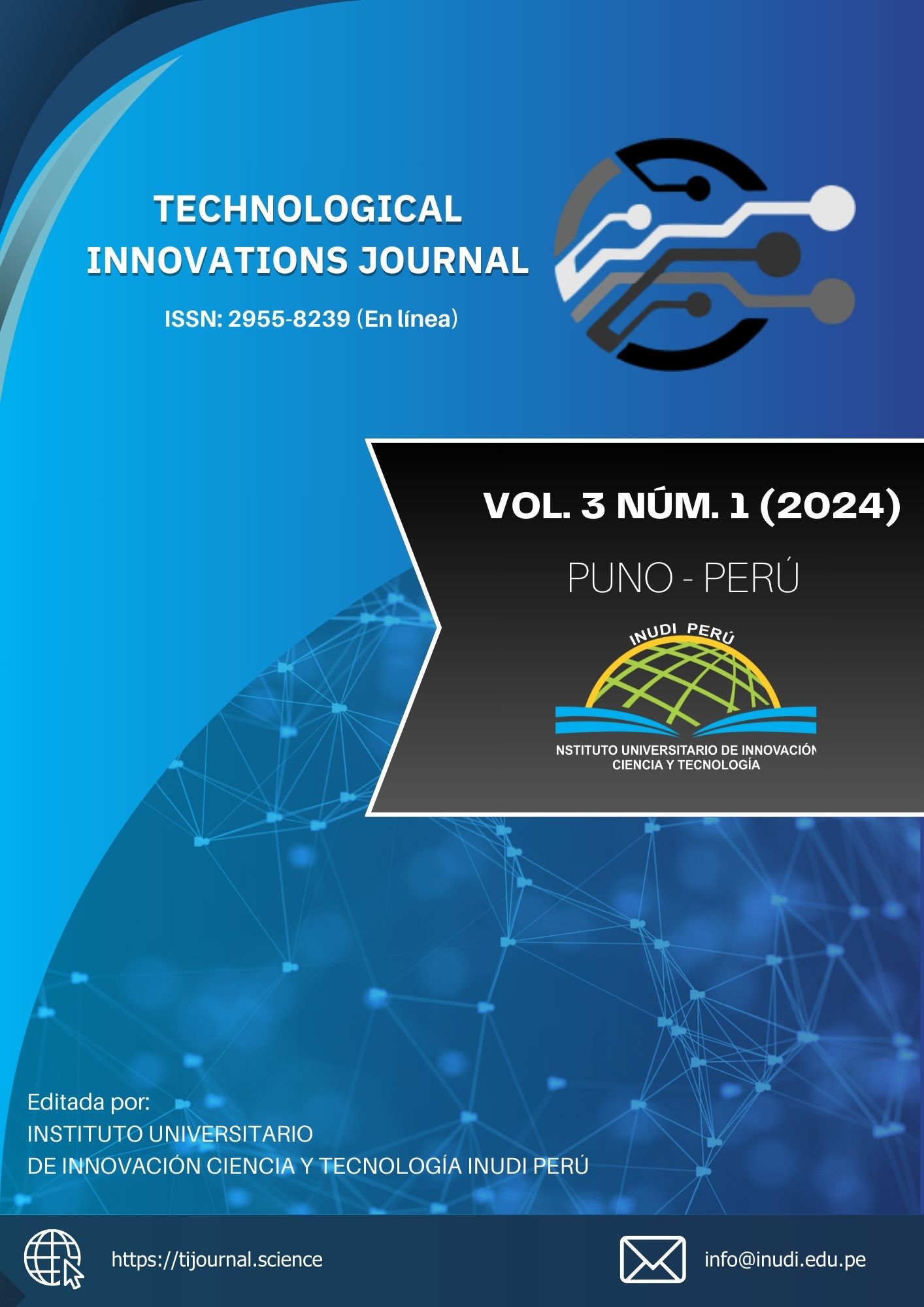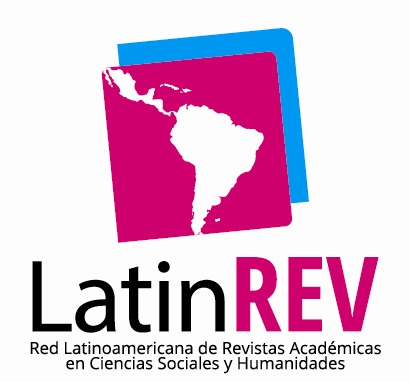Application program to solve systems of nonlinear equations
DOI:
https://doi.org/10.35622/j.ti.2024.01.001Keywords:
convergence, matrices, numerical methods, application program, nonlinear systems of equationsAbstract
Introduction: Application programs in mathematics have had a significant impact on solving nonlinear systems of equations and are impacting various areas. In a nonlinear equation, it is not always easy to determine its root or convergence point; one must analyze and restrict the behavior of the functions that comprise it. Objective: To develop a mathematical program to solve nonlinear systems of equations, selecting the most efficient method and presenting results that include the analysis of convergence and stability of the implemented iterative methods. Method: To solve the system of type V(X)=0, methods such as Simple Iteration, Gradient, Newton, Modified Newton, and Quasi-Newton were used. Visual C++ 6.0 programming language along with Matlab 6.5 libraries were used for the development of the application program for mathematical notations. Results: An application program named SMENLI (Mathematical Software for solving Nonlinear Equations) was developed, which implemented various iterative methods to solve 20 systems of nonlinear equations. Of these, 15 converged and 5 diverged. Some did not converge due to the initial point provided to the program, which utilizes a lexical analyzer. Additionally, it is important to remember that not all systems of nonlinear equations have a solution. Conclusions: It was found that the Newton and Modified Newton methods are the most efficient in terms of convergence, standing out for their shorter time and fewer iterations compared to other implemented methods. However, in exceptional cases with certain systems of nonlinear equations, the Quasi-Newton method may prove superior to others.
References
Abramov, A. A. & Yukhno, L. F. (2015). A numerical method for solving systems of nonlinear equations. Computational Mathematics and Mathematical Physics, 55(11), 1794–1801. DOI: https://doi.org/10.1134/S0965542515110020
Acevedo, R., Arenas, F., & Pérez, R. (2008). El método DL para resolver sistemas de ecuaciones no lineales. Matemáticas: Enseñanza Universitaria, 16 (1), 23-36.
Andino Célleri, L. V., Viteri Ojeda, J. C., Andrade Álvarez, C. E., & Argüello Pazmiño, V. J. (2023). La importancia de las matemáticas en la estructura de datos: optimización y eficiencia. Alfa Publicaciones. DOI: https://doi.org/10.33262/ap.v5i3.1.384
Bravo Bolívar, J. E., Botero Arango, A. J., & Botero Arbeláez, M. (2005). El método de Newton-Raphson - La alternativa del Ingeniero para resolver sistemas de ecuaciones no lineales. Scientia et Technica, 11 (27), 221-224.
Burden, R. L., & Faires, J. D. (2011). Análisis Numéricos. Cengage Learning.
Centeno, A., & Niño, Z. (2009). Aproximación a la solución de sistemas de ecuaciones no lineales mediante la implementación del Algoritmo de Enjambre de Partículas. Revista INGENIERÍA UC, 16(1), 19-23.
Chávez Esponda, D., Sabín Rendón, Y., Toledo Dieppa, V., & Jiménez Álvarez, Y. (2013). La Matemática: una herramienta aplicable a la Ingeniería Agrícola. Revista Ciencias Técnicas Agropecuarias, 22(3), 81–84. https://cutt.ly/Dw91jGeK
Cumsille, P., Ramírez Molina, J., & Rojas-Medar, M. A. (2010). Estudio numérico de sistemas de ecuaciones no lineales difusas. Revista Integración, 28(2), 153-172.
Demidovich, B. (1985a). Problemas y ejercicios de análisis matemático. Editorial Parainfo.
Demidovich, B. (1985b). Cálculo numérico fundamental. Paraninfo.
Fernández, I., Riveros, V., & Montiel, G. (2017). Software educativo y las funciones matemáticas. Una estrategia de apropiación. Omnia Año, 23 (1).
García, J., Morales, A., & Zaragoza, N. (2005). Determinación del gasto en sistemas de tuberías en serie utilizando el Mathcad. Ingeniería, 9(1), 19-24.
Garcia-Ferrer, F. V., Roldán, E., Silva, F., & de Valcárcel, G. J. (2017). Didactic application of numerical analysis in nonlinear dynamics: Lorenz model study. Optica Pura y Aplicada, 50(3), 197–219. https://doi.org/10.7149/OPA.50.3.49009 DOI: https://doi.org/10.7149/OPA.50.3.49009
Gómez, L. A., Reyes, E. J., & Correa, C. R. (2012). Algoritmo para la solución numérica de sistemas de ecuaciones no lineales mediante una estrategia de optimización global basada en análisis de intervalos. Revista EIA, (18), 77-89.
Gómez-gómez, M., Danglot-banck, C., & Velásquez-jones, L. (2009). Matemáticas para la Computación. Alfaomega.
Grisales-Aguirre, A. M. (2018). Uso de recursos TIC en la enseñanza de las matemáticas: retos y perspectivas. Entramado, 14(2), 198–214. DOI: https://doi.org/10.18041/1900-3803/entramado.2.4751
Kelley, C. T. (2018). Numerical methods for nonlinear equations. Acta Numerica, 27(May), 207–287. DOI: https://doi.org/10.1017/S0962492917000113
Macías C., M., Martínez, H. J., & Pérez, R. (2014). Sobre la convergencia de un método secante para ecuaciones matriciales no lineales. Revista Integración, 32(2), 181-197.
Martínez, J. M. (2000). Practical quasi-Newton methods for solving nonlinear systems. Journal of Computational and Applied Mathematics, 124(1–2), 97–121. DOI: https://doi.org/10.1016/S0377-0427(00)00434-9
Molina Villa, F. A., (2005). Desarrollos alternativos en Raíces de Ecuaciones. PROSPECTIVA, 3(1), 38-44.
Mora F., W., (2016). Cómo utilizar R en métodos numéricos. Revista Digital: Matemática, Educación e Internet, 16(1), 1-74. DOI: https://doi.org/10.18845/rdmei.v16i1.2480
Ortega, J. & Rheinboldt, W. (1970). Iterative solution of nonlinear equations in several variables. Academic Press.
Ovalle Cerquera, D. E., Polanía Quiza, L. A., & Rodríguez Rodríguez, J. (2020). Retroalimentación: una componente para la no-linealidad. Jangwa Pana, 19(3), 476-492. https://doi.org/10.21676/16574923.3677 DOI: https://doi.org/10.21676/16574923.3677
Palencia-González, F. J., & García, C. (2020). Un curso de Cálculo con Wolfram Alpha. InnovaMath, 3. https://doi.org/10.5944/pim.3.2020.26949 DOI: https://doi.org/10.5944/pim.3.2020.26949
Quinga, S. D. (2021). Ecuación de Burgers viscosa, solución numérica mediante diferencias finitas y un método iterativo para sistemas no lineales de orden 4 basado en el Número Áureo. Latin-American Journal of Physics Education, 15(4).
Rheinboldt, W. C. (2000). Numerical continuation methods: A perspective. Journal of Computational and Applied Mathematics, 124(1–2), 229–244. DOI: https://doi.org/10.1016/S0377-0427(00)00428-3
Serrano Rugel, B., Aguilar, C., Cervantes, A., Molina, M. & Trujillo, V. (2020). Las matemáticas aplicadas como una oportunidad para preservar la salud. Conrado, 16 (75), 272-279. http://scielo.sld.cu/scielo.php?script=sci_arttext&pid=S1990-86442020000400272&lng=es&nrm=iso&tlng=es
Solís Zúñiga, A. G., Cordero Barbero, A., Torregrosa Sánchez, J. R., & Soto Quirós, J. P. (2021). Diseño y análisis de la convergencia y estabilidad de métodos iterativos para la resolución de ecuaciones no lineales. Revista Digital: Matemática, Educación e Internet, 21(2), 1-27. DOI: https://doi.org/10.18845/rdmei.v21i2.5602
Vazquez, J. L. (2009). Las matemáticas y sus aplicaciones, ayer y hoy. Retos del futuro. Encuentros Multidisciplinares, 4, 1–61.
Yamamoto, T. (2000). Historical developments in convergence analysis for Newton’s and Newton-like methods. Journal of Computational and Applied Mathematics, 124(1–2), 1–23. DOI: https://doi.org/10.1016/S0377-0427(00)00417-9
Yurij, E. (1987). Numerical Optimization Techniques. In J. Stoer (Ed.), Computer Aided Optimal Design: Structural and Mechanical Systems (pp. 197–239). Academic Press. DOI: https://doi.org/10.1007/978-3-642-83051-8_5
Published
Issue
Section
License
Copyright (c) 2024 Luis Venturo, Irenio Chagua-Aduviri, Darssy Carpio (Autor/a)

This work is licensed under a Creative Commons Attribution 4.0 International License.











